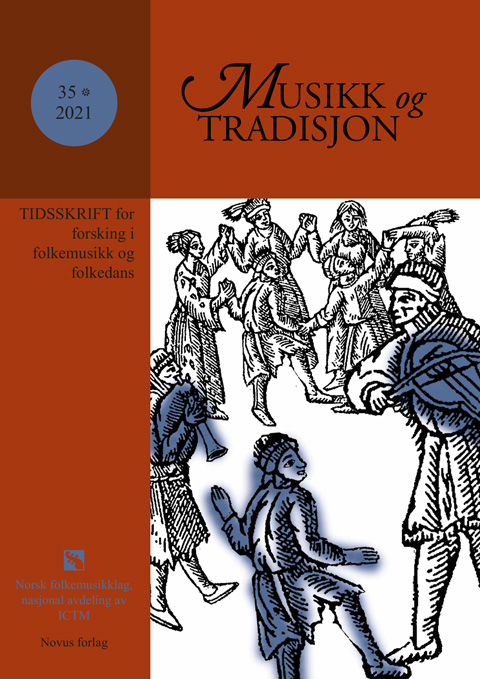Sammendrag
The article is the first comprehensive study that explores different types of barrel organs before the production of cylinder barrel organs started in the village of Steinkjer in Norway in the 1850s. The first reported performance of barrel organs took place in the homes of the bourgeoisie in the second half of the 18th century, and later from the 1830s increasingly more often in public places. In contrast to these instruments, owned by travelling Italian performers, a few rather expensive imported English church and chamber barrel organs are now part of the collections in Norway. The article shows that these instruments had a varied repertoire: hymns, older and contemporary dance melodies. In addition, the smaller bird organ, (French, serinette), with a repertoire predominantly of marches, dances, and songs from operas was also imported and used in Norway in this period. The article investigates and gives an overview of various organ builders, artisans and clockmakers that cared for the instruments. It also demonstrates the different uses and functions of the performed music. Thus, this study of the instruments, repertories and culture is relevant to gain a further understanding of the later emergence of the Steinkjer barrel culture in the second half of the 19th century.

Dette verket er lisensiert under Creative Commons Attribution-ShareAlike 4.0 International License.
Opphavsrett 2021 Mats Krouthén

